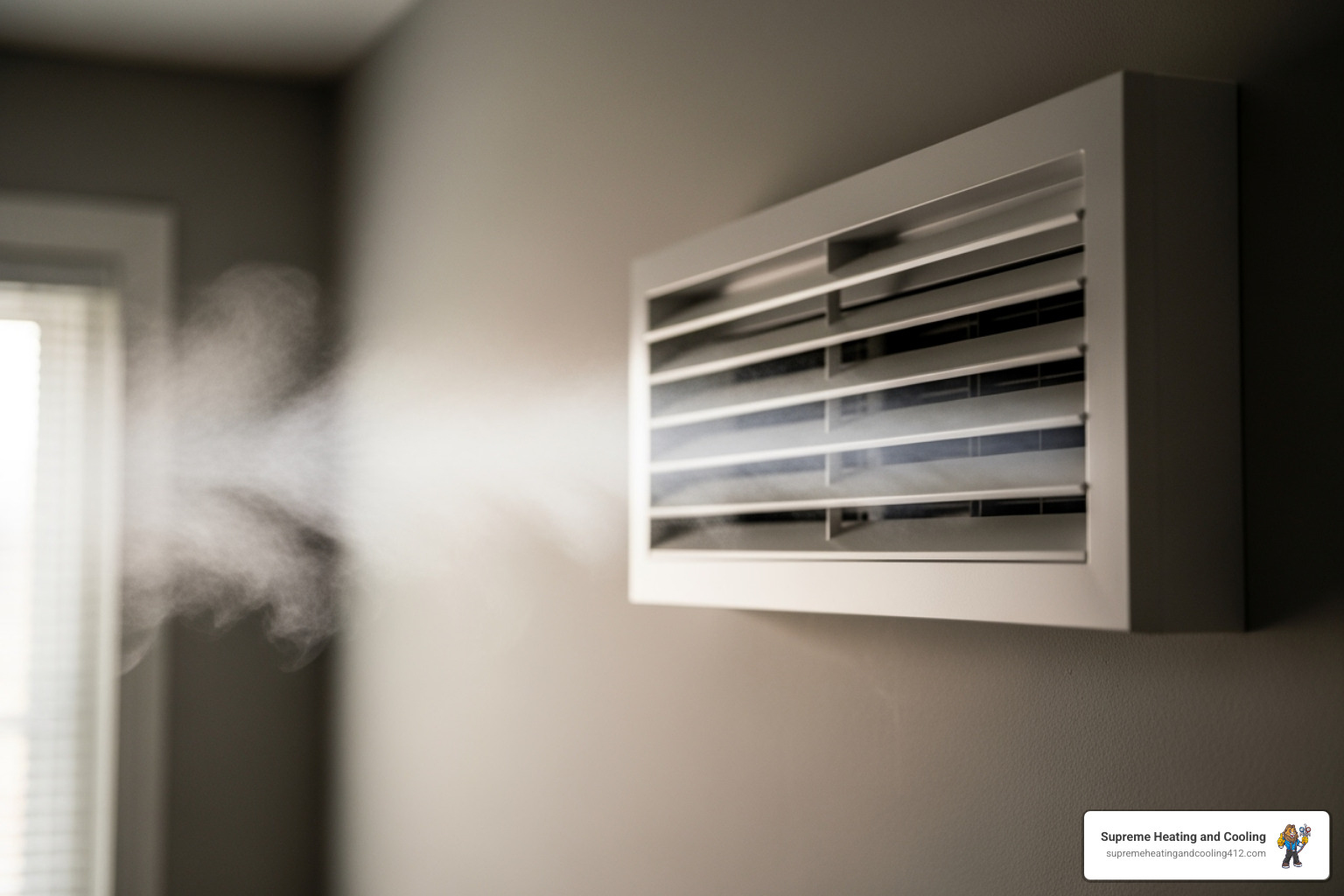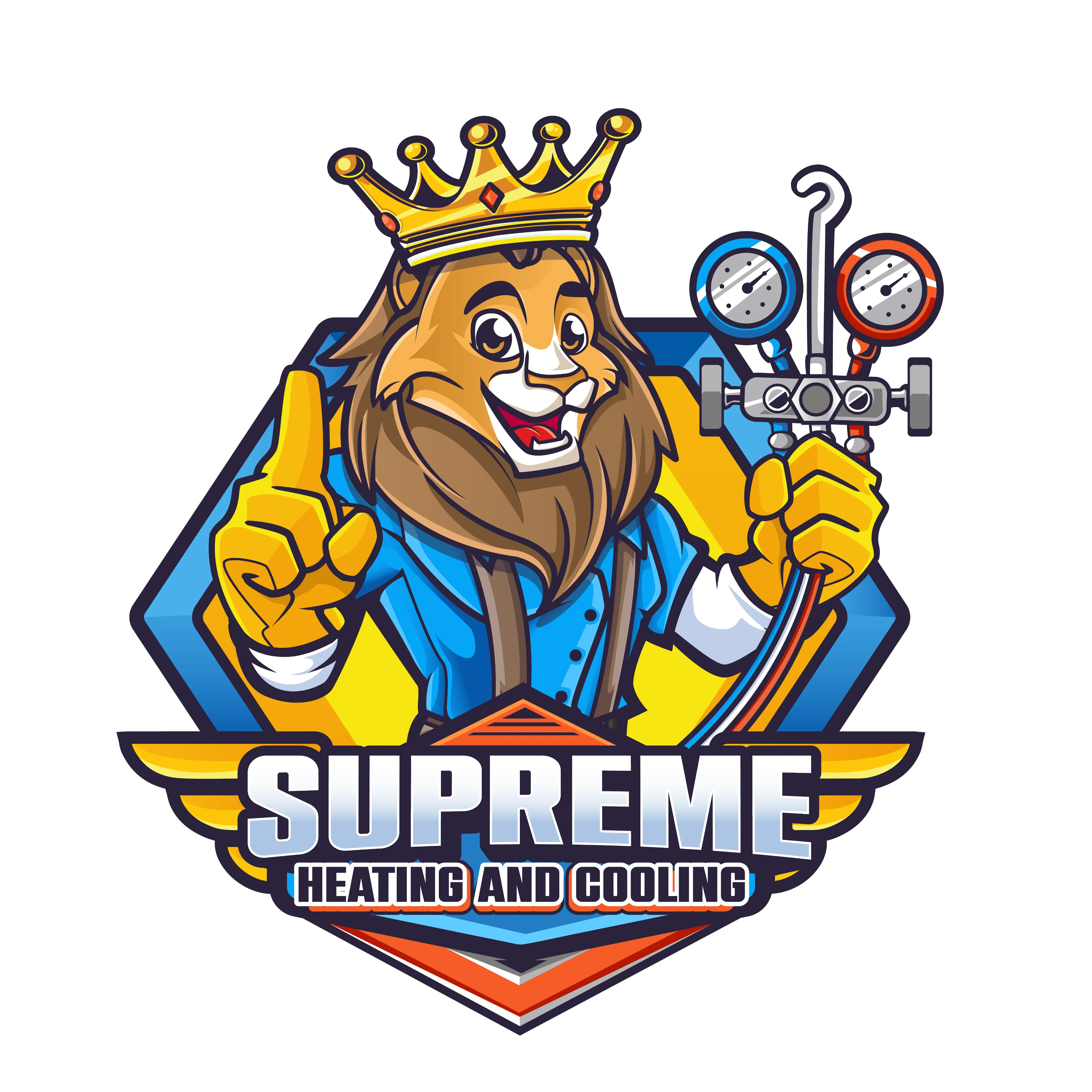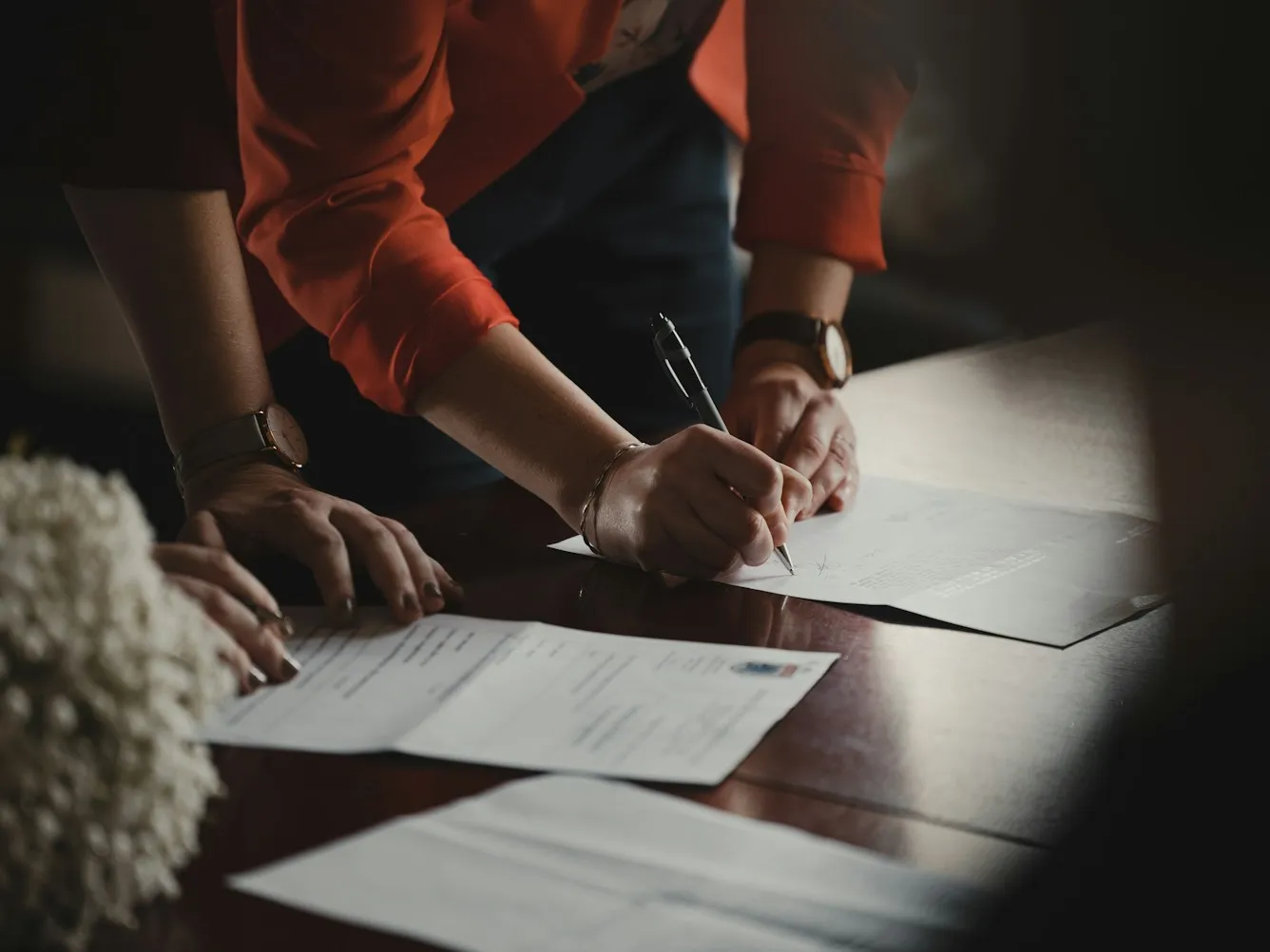When your heat pump in Monroeville starts blowing cold air, it can quickly turn your comfortable home into an unwelcome chill zone. Especially during colder months, a malfunctioning heat pump isn’t just an inconvenience—it directly impacts your family’s comfort and your energy bills. At Supreme Heating and Cooling, we understand how essential a reliably warm home is in Monroeville’s chilly climate. This comprehensive guide will walk you through identifying common causes of a cold heat pump, simple troubleshooting steps, and when it’s time to reach out to a professional to restore warmth efficiently.

Common Heat Pump Issues in Monroeville Homes
Heat pumps are a popular and energy-efficient way to heat and cool homes in Monroeville, but several issues can cause them to blow cold air instead of warm:
- Low Refrigerant Levels: Refrigerant is critical to the heat pump’s ability to transfer heat. Leakage or improper charging leads to poor heat exchange and cold air output.
- Defrost Cycle Problems: In cold weather, heat pumps enter a defrost mode to clear frost buildup on the outdoor coil. If this cycle malfunctions, the system may stay in cooling mode or continually blow cold air inside.
- Compressor Failure or Malfunction: The compressor enables the heat transfer process. When it fails or runs inefficiently, the heat pump cannot generate warm air.
- Dirty or Frozen Coils: Accumulated dirt or frost on the coils limits heat absorption and can cause cold air circulation.
- Thermostat Settings or Electrical Issues: Incorrect thermostat settings or electrical faults can prevent the heat pump from switching to heating mode correctly.
In Monroeville, the cold and often humid winters put additional strain on heat pumps—frost buildup and reduced efficiency are common due to frequent temperature swings and moisture.
Diagnosing Your Cold Heat Pump: Step-by-Step Troubleshooting Guide
Before scheduling a professional visit, Monroeville homeowners can try the following diagnostic steps to understand the root cause of their cold heat pump:
1. Check Thermostat Settings and Filters
- Ensure the thermostat is set to “Heat” mode and the temperature setting is higher than the current room temperature.
- Replace or clean air filters. Dirty filters restrict airflow and reduce heating efficiency.
2. Inspect Outdoor Unit for Frost or Debris
- Look for visible frost or ice on the outdoor coil. A moderate frost layer is normal during the defrost cycle, but persistent ice buildup indicates an issue.
- Make sure the outdoor unit is clear of leaves, dirt, and snow to maintain proper airflow.
3. Monitor the Heat Pump’s Defrost Cycle
- Listen for the outdoor unit periodically switching off or making a different sound (indicating the defrost cycle).
- If the unit runs continuously without initiating defrost, this could be a malfunction.
4. Observe Air Temperature at Vents
- Use a thermometer near the vent to check the air temperature.
- Air coming out significantly cooler than your thermostat setting is a telling sign of a refrigerant or compressor problem.
Likely Causes and How They Affect Your Heat Pump
Refrigerant Leaks
A refrigerant leak lowers pressure and prevents proper heat transfer. Signs include:
- Longer running time but ineffective heating.
- Ice formation on the coils or refrigerant lines.
- System shutting down due to high pressure alarms.
Handling refrigerant requires professional tools and certification due to environmental and safety regulations.
Defrost Cycle Failures
Faulty defrost sensors or timers cause:
- Heat pump freezing over and blowing cold air inside.
- Continuous running of the outdoor fan even when it should be off.
- Increased energy use without improved heat.
Replacing or servicing defrost controls restores proper operation and protects components.
Compressor Issues
Compressor problems range from electrical faults to mechanical wear:
- Heat pump turns on but no warmth is produced.
- Strange noises from outdoor unit.
- Circuit breakers tripping due to overload.
Compressor repairs or replacements are complex and should only be performed by experienced HVAC technicians.
When Can You Try DIY Fixes?
For Monroeville residents wanting to try simple remedies before calling for professional help, consider the following safe, non-technical tasks:
- Replace or Clean Air Filters: Regular maintenance preserves airflow and system health.
- Clear Snow and Debris from Outdoor Unit: Use a broom or brush gently to remove obstructions.
- Reset Your Thermostat: Power it down and back up to clear any minor software glitches.
- Check Breakers and Power Supply: Ensure your heat pump is getting electricity.
These measures can resolve minor problems that result from routine use or environmental factors. However, avoid opening panels or attempting refrigerant repairs.
Why Calling a Professional Matters
Heat pumps are intricate systems requiring specialized diagnosis and repair, especially when it comes to handling refrigerant or electrical components. In Monroeville’s cold and humid environment, the risk of damage or inefficient operation is high if issues are left unresolved.
Professional HVAC technicians at Supreme Heating and Cooling offer:
- Precise leak detection with certified equipment.
- Safe refrigerant recharge and system balancing.
- Comprehensive inspection of defrost components and electrical wiring.
- Timely compressor diagnosis and repair to avoid full replacements.
- Preventative maintenance plans tailored to Monroeville’s climate demands, ensuring your heat pump stays efficient and durable.
Benefits of Prompt Heat Pump Repair for Monroeville Homes
Scheduling timely repairs when you notice your heat pump blowing cold air provides multiple advantages:
- Energy Savings: A well-functioning heat pump uses less power, lowering monthly utility costs common in colder Monroeville winters.
- Improved Comfort: Consistent warmth throughout your living space prevents cold spots and improves quality of life.
- Extended Equipment Lifespan: Addressing issues early avoids severe damage that could lead to costly replacements.
- Reduced Carbon Footprint: Efficient heat pumps minimize greenhouse gas emissions compared to older, less effective heating options.
- Peace of Mind: Reliable home heating protects your family’s health and property during Monroeville’s coldest months.
Routine Maintenance for Long-Term Heat Pump Performance
Maintaining a heat pump in Monroeville requires attention to seasonal weather challenges and operational wear:
- Schedule professional maintenance at least once yearly, ideally before winter.
- Regularly clean or replace air filters every 1 to 3 months.
- Keep outdoor units clear of snow accumulation and debris.
- Monitor system performance using thermostat readings and listen for unusual noises.
By partnering with Supreme Heating and Cooling, Monroeville homeowners can ensure their heat pumps receive expert care tailored to local climate influences.
Supreme Heating and Cooling is dedicated to helping Monroeville families transition from frigid to cozy with dependable heat pump troubleshooting, repairs, and maintenance. Understanding the causes and having clear guidance empowers you to act promptly and preserve a warm, efficient home environment through every season.

.svg)

.webp)


.svg)
.webp)
.svg)
